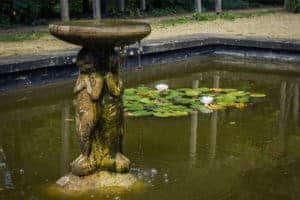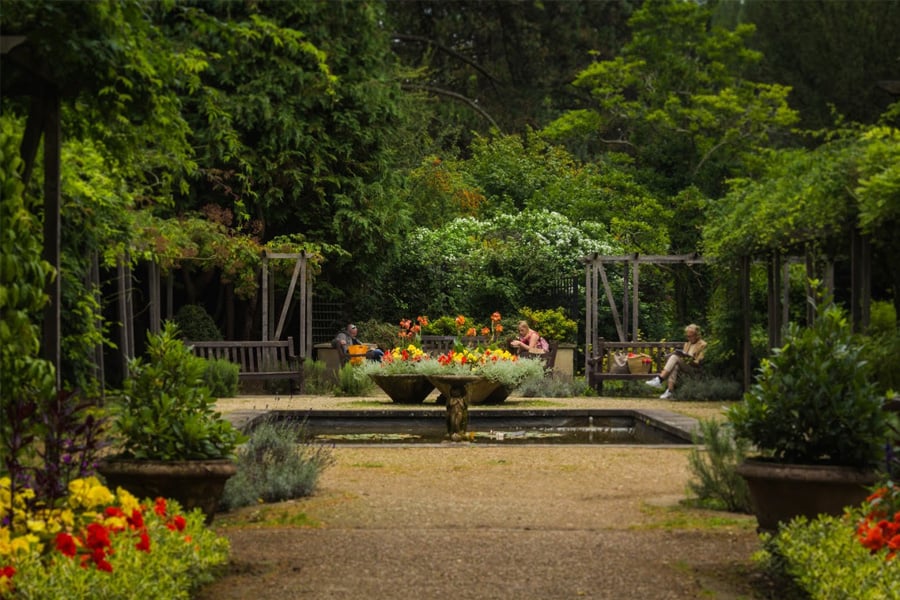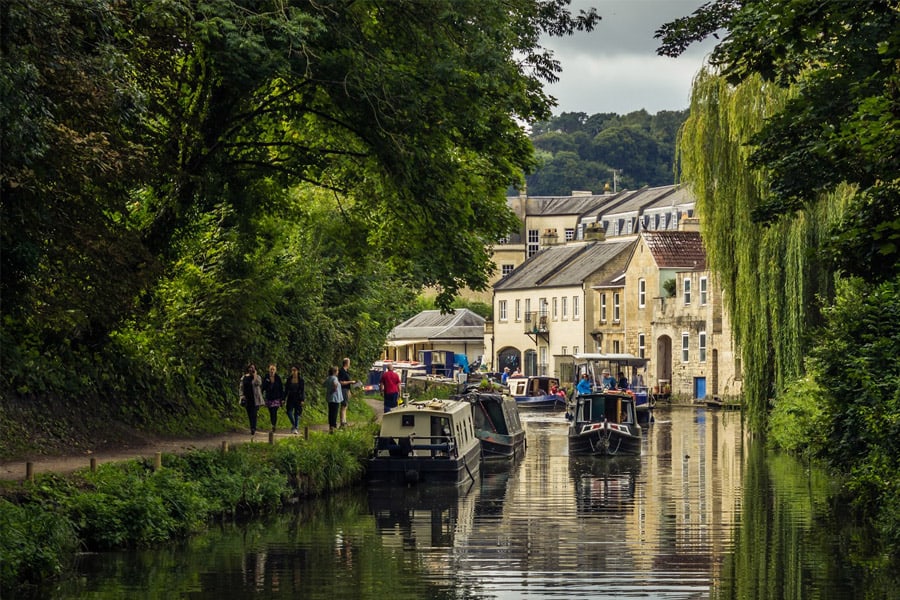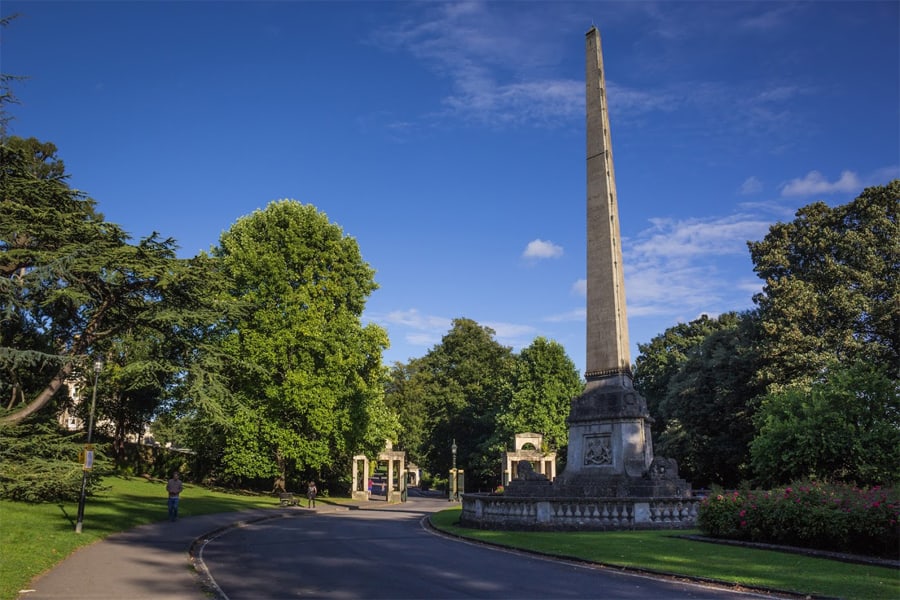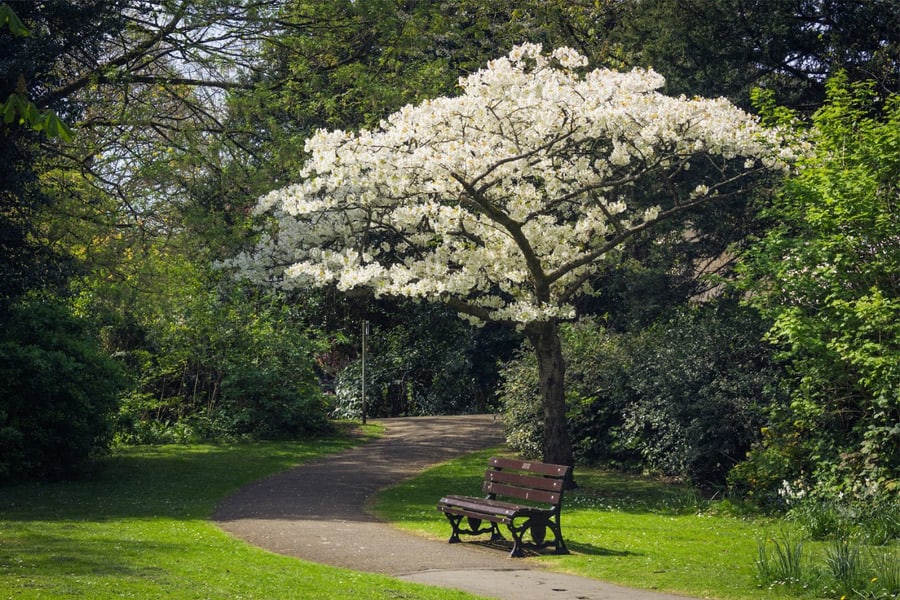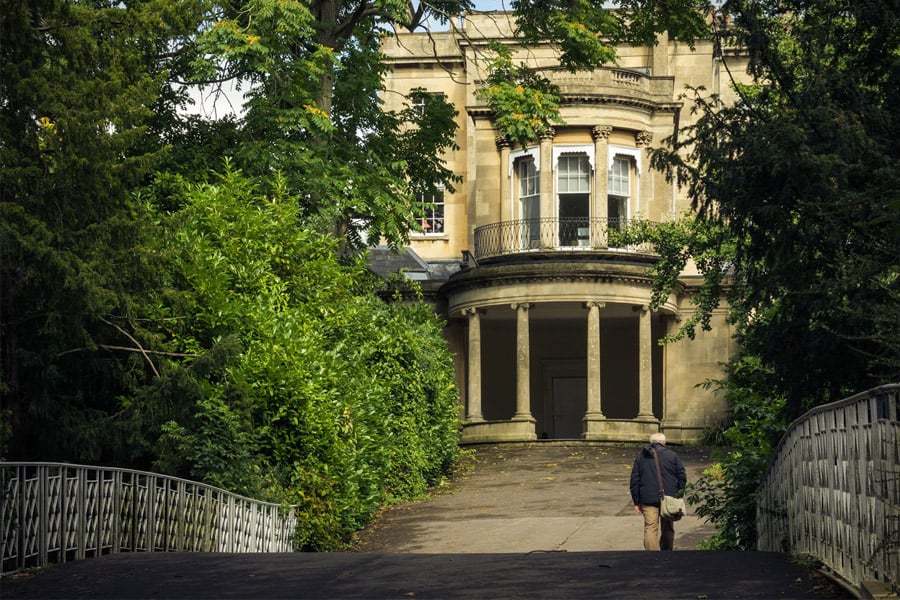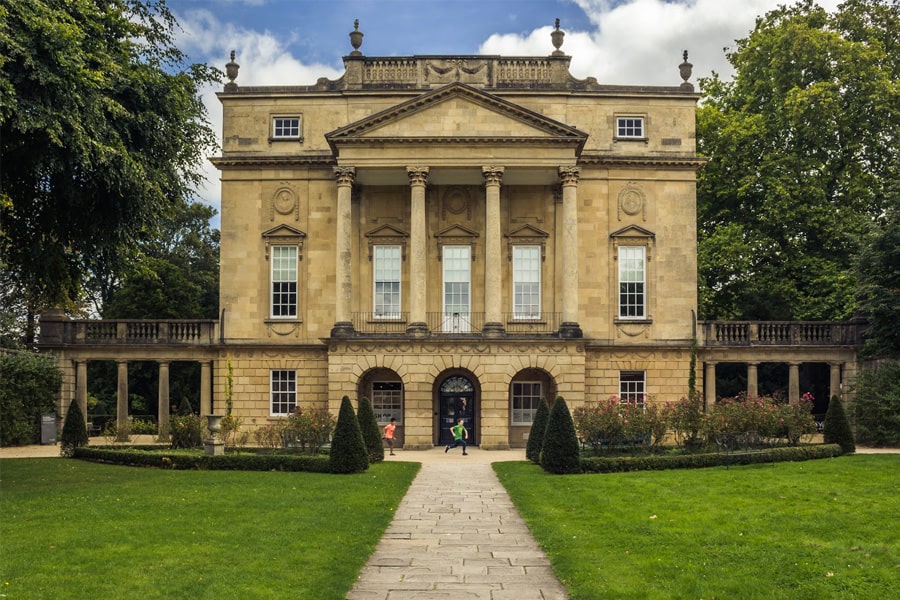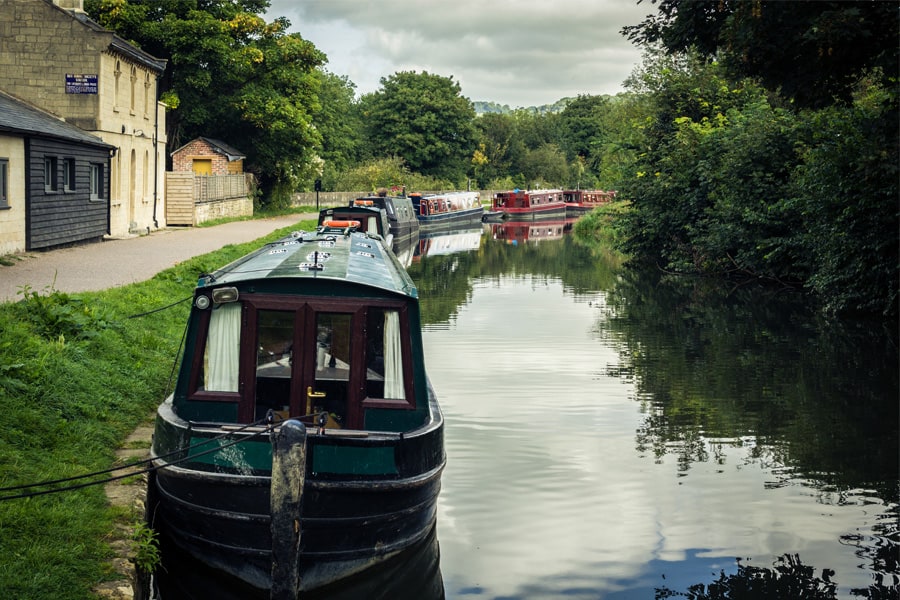THE HOMOGENEOUS INTEGRATION OF ARCHITECTURE AND LANDSCAPE SETTING
by Kelly Makraki
BLArch & MLA
BLArch & MLA
Photographs by Herclyles Efthymiades
@herculesefthymiadesphotography
August 2017
@herculesefthymiadesphotography
August 2017
Bath is a city of paramount beauty and elegance that seats in the valley of river Avon, in South West England. Celebrated for its picturesque landscape sentient, awe-inspiring 18th century town planning, alluringcombination of different architectural movements and rich history, Bath is a very popular tourist destination and a social landmark of English culture. The hills that create Avon Valley provide the ideal setting for the creation of a city that uses its natural surroundings and background as an integral part of a harmonious union between architecture and landscape.
This historic city was founded by the Roman Empire during the 1st century AD as a thermal spa, due to its valued natural hot springs and later during the Middle Ages it was developed into a significant core of the wool industry. It was not until the 18th Century and under the reign of George I, II and III that Bath transformed into an astonishing spa city and stylish health resort (Bath & North East Somerset Council, 2017) & (UNESCO World Heritage Centre, 2017). In 1987 Bath was inscribed as a ‘cultural site’ to UNESCO’s World Heritage List as a recognition for its outstanding universal value (Bath & North East Somerset Council, 2017) & (VisitBath, 2017). Today Bath is a unique amalgam of neoclassical Palladian and 18th century architecture, garden city ideologies from the 19th century and Roman-built remains; elements that each narrate a different chapter of its intriguing history throughout the ages.
During the 18th Century Bath was expanded beyond the defensive walls, which at the time surrounded it and gradually the character of the city was transformed from that of a medieval town to that of an alluring and spacious classical city. Bath’s astonishing green landscape setting was a principal influence for the city planning as it heavily inspired the 18th Century architects and city developers to not only expand the city towards the surrounding hills, but also to create magnificent green views from the city centre towards the hilly landscape (Bath & North East Somerset Council, 2017). Ingenious and organically interlinked planning forms such as squares, vistas, terraces, crescents and a circus were all deliberate created to pay tribute to the natural excellence of Bath’s beauteous countryside and establish a visual homogeneous relationship between architecture and landscape (UNESCO World Heritage Centre, 2017).
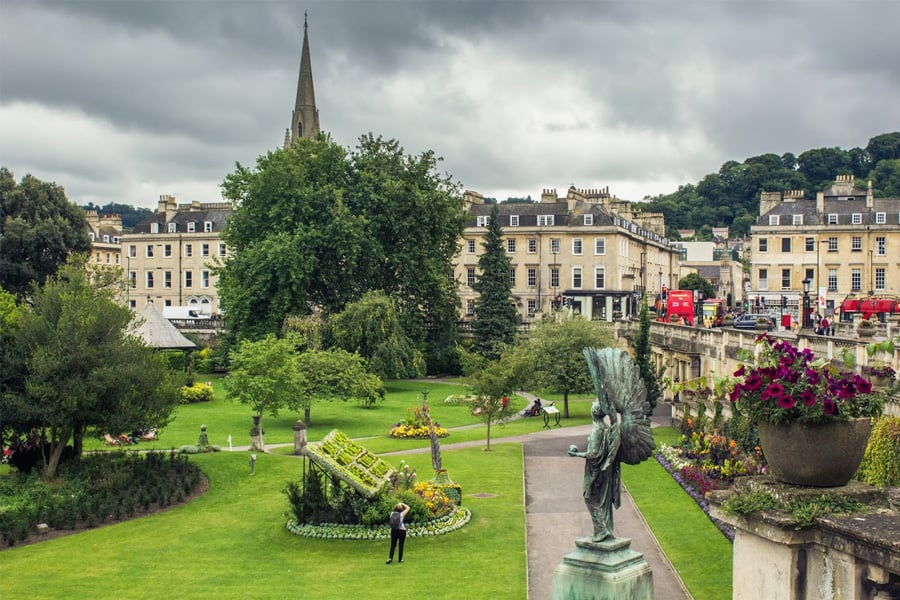
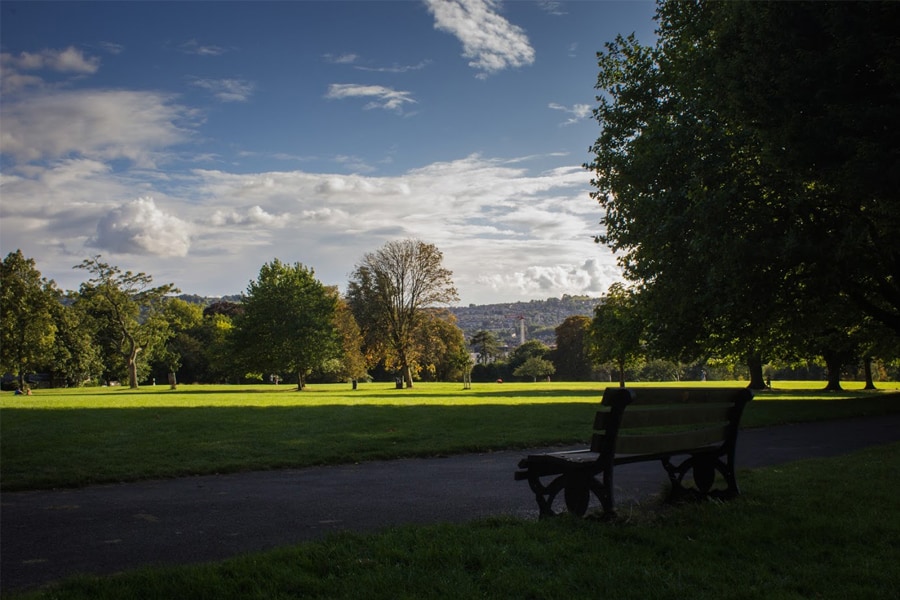
This harmonious interfusion of city and nature evokes a garden city feel, testament to the 19th Century planning principles of garden cities that strived to emphasise on the combination of urban life with accessibility to surrounding greenbelt areas (The Editors of Encyclopædia Britannica, 1998). This garden city feel is especially evident from Bath’s renowned Skyline walk, a 6 mile route onto the hills, meadows and ancient woodland above Bath that allows visitors to enjoy and experience exciting elevated views of the city while they are surrounded by a green rural oasis (National Trust, 2017).
One of the more striking characteristics of Bath is its visual harmony, all around the city there is a strong feeling that there is a place for everything and everything is in its place. This is an excellent display of the determination of Bath’s lead architects, such as John Wood the Elder, John Wood the Younger, Robert Adam, Thomas Baldwin, John Palmer, John Eveleigh and John Pinch, to achieve a deliberate visual homogeneous cityscape followed by Palladian design elements (Bath & North East Somerset Council, 2017) best evident in the Puleney Bridge and Parade Gardens. A really important element that contributes to Bath’s grandiosity in harmony is the widespread use of the charming local oolitic limestone as a building material. Furthermore, the scales and heights of the greater part of the buildings demonstrate a uniformity that can be characterised as nothing other than respectful. The Neo-classical architectural movement is dominant all over the city, while iconic features such as the Royal Crescents and Royal Victoria Park, Sydney Gardens, Henrietta Park, Holburne Museum with its historic Sydney Gardens, and the Circus have attributes of Georgian town planning and renaissance ideologies (Bath & North East Somerset Council, 2017). The way architecture and landscape congruously complement each other in Bath creates a tranquillity that only enhances by the picturesque interactions between Avon river, Avon canal, Roman baths and the city that create an almost healing experience for the visitors of the spa city.
Now a modern city Bath faces the same vulnerabilities as many other English cities as there is a pressuring need for affordable new housing developments all around the United Kingdom. A historic and cultural site such as Bath can be vulnerable to major-scale developments, as well as transport pressures which means that the attractive garden city and picturesque views could potentially get lost (UNESCO World Heritage Centre, 2017). Therefore, new developments need to be sympathetic and respectful of the historical attributes and heritage of Bath and they should strive to maintain, preserve and contribute to the existing character, scale and rhythm of all the elements and structures that give the city it’s unique identity. Through studying and examining landmark cities such as Bath landscape designers can acquire important knowledge of not only how to deliberate create a beauteous cityscape but moreover how to respect and care for the cultural narratives that lie underneath every landscape topos.
References
Bath & North East Somerset Council, 2017. The City of Bath World Heritage Site. [Online]
Available at: https://www.bathworldheritage.org.uk/
[Accessed 21 07 2017].
Available at: https://www.bathworldheritage.org.uk/
[Accessed 21 07 2017].
National Trust, 2017. Bath Skyline Walk – new directions for 2017. [Online]
Available at: https://www.nationaltrust.org.uk/bath-skyline/trails/new-bath-skyline-walk
[Accessed 01 09 2017].
Available at: https://www.nationaltrust.org.uk/bath-skyline/trails/new-bath-skyline-walk
[Accessed 01 09 2017].
The Editors of Encyclopædia Britannica, 1998. Garden city – Urban Planning. [Online]
Available at: https://www.britannica.com/topic/garden-city-urban-planning
[Accessed 21 07 2017].
Available at: https://www.britannica.com/topic/garden-city-urban-planning
[Accessed 21 07 2017].
UNESCO World Heritage Centre, 2017. City of Bath. [Online]
Available at: http://whc.unesco.org/en/list/428
[Accessed 21 07 2017].
Available at: http://whc.unesco.org/en/list/428
[Accessed 21 07 2017].
VisitBath, 2017. World Heritage Site. [Online]
Available at: https://visitbath.co.uk/things-to-do/world-heritage-site-p963993
[Accessed 21 07 2017].
Available at: https://visitbath.co.uk/things-to-do/world-heritage-site-p963993
[Accessed 21 07 2017].
Further Reading
bath.co.uk. 2017. Parade Gardens. [ONLINE] Available at: http://bath.co.uk/attractions/parade-gardens. [Accessed 3 September 2017]
Victoria and Albert Museum. 2017. Style Guide: Palladianism. [ONLINE] Available at: http://www.vam.ac.uk/content/articles/s/style-guide-palladianism/. [Accessed 3 September 2017].
Essential Architecture. 2017. Georgian architecture. [ONLINE] Available at: http://www.essential-architecture.com/STYLE/STY-E02.htm. [Accessed 3 September 2017].
Visit Bath. 2017. Parks & Gardens. [ONLINE] Available at: https://visitbath.co.uk/things-to-do/attractions/parks-and-gardens?p=1. [Accessed 3 September 2017].


